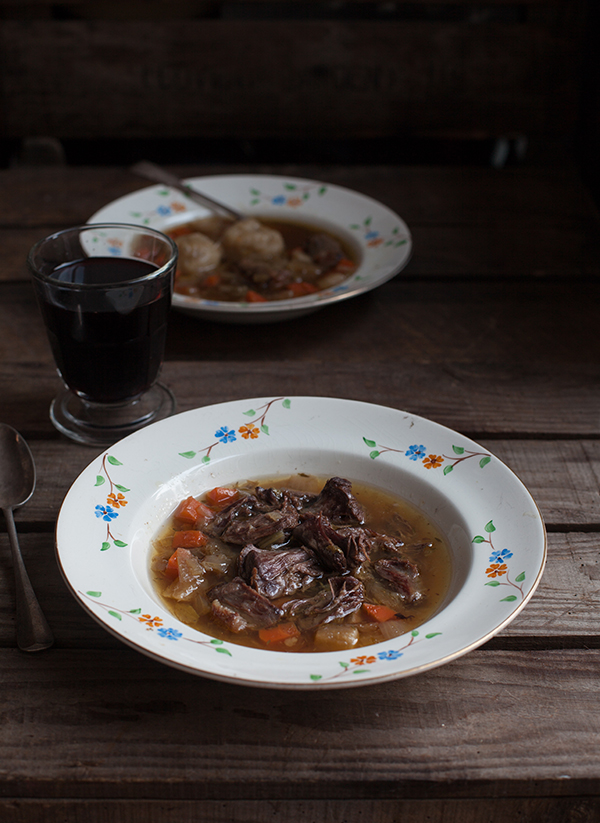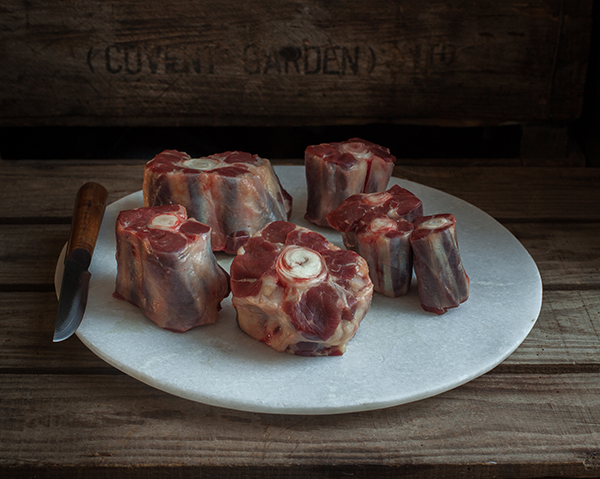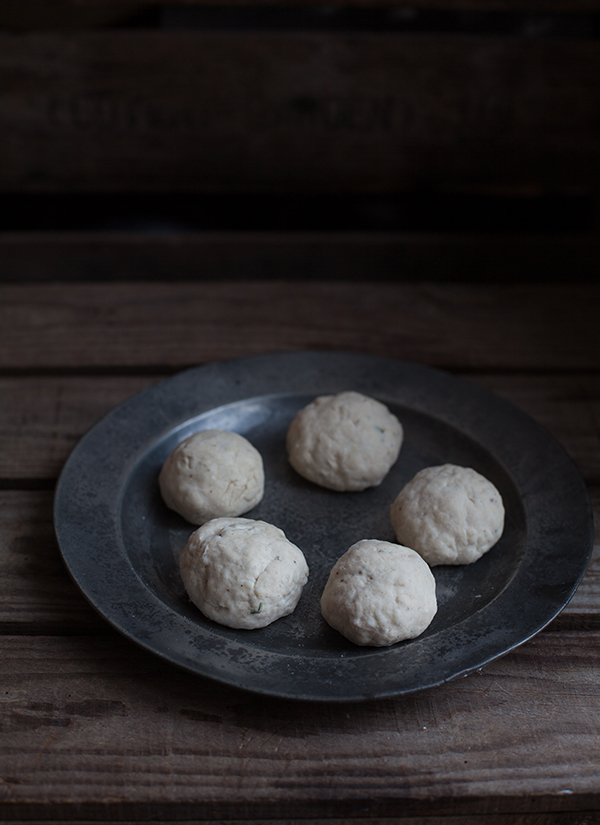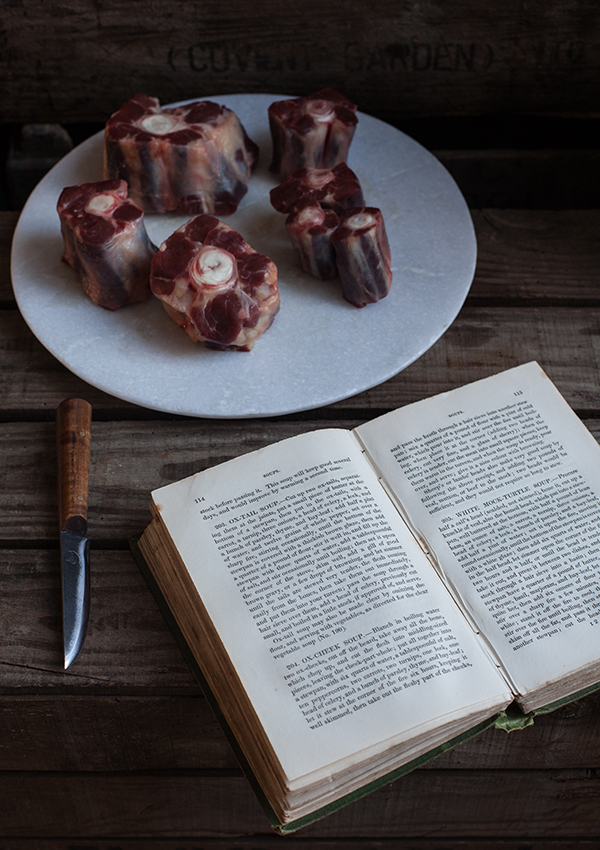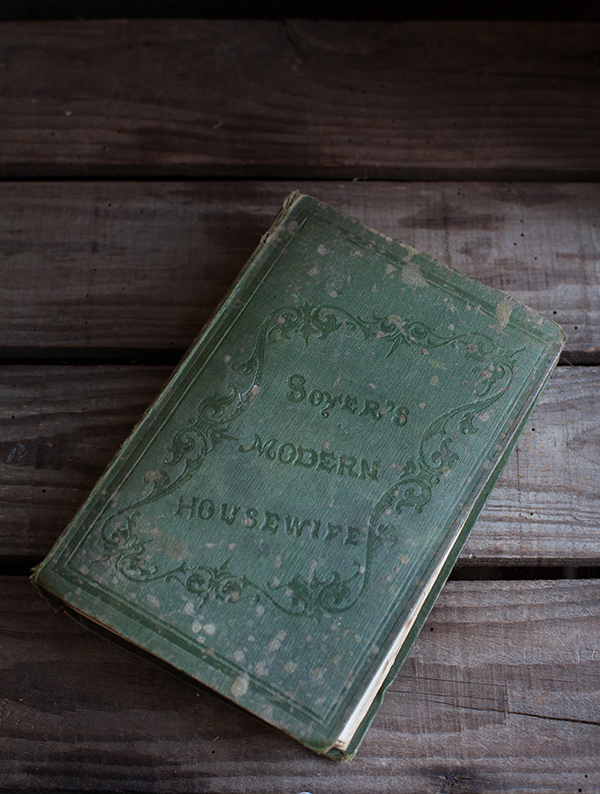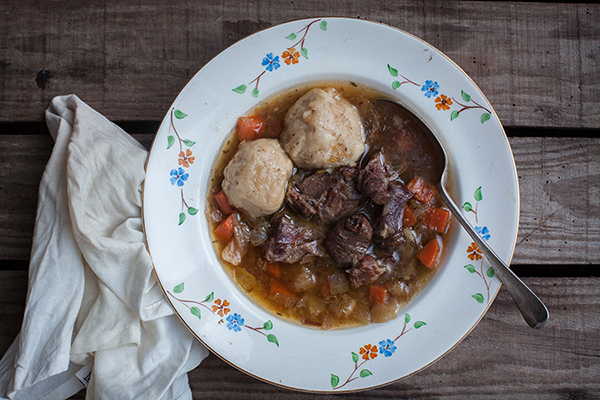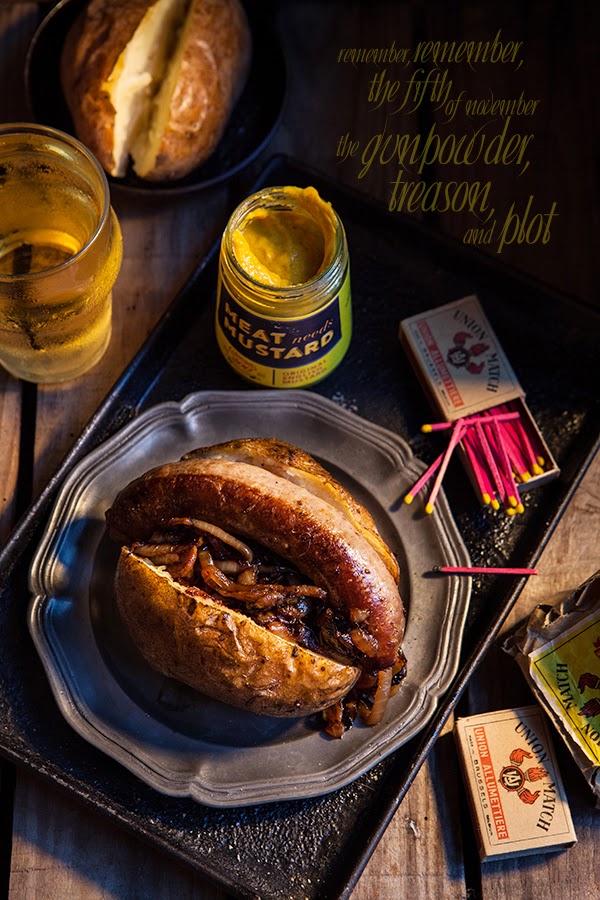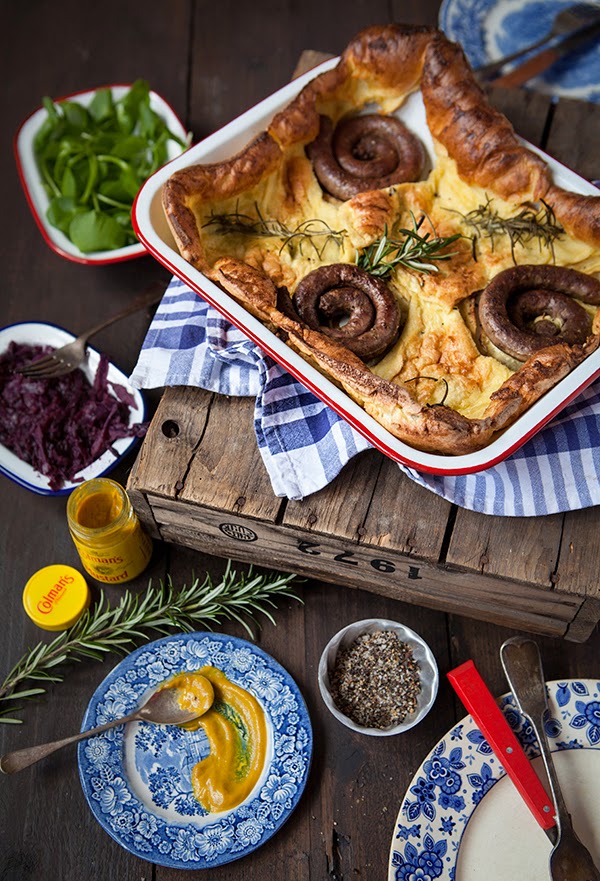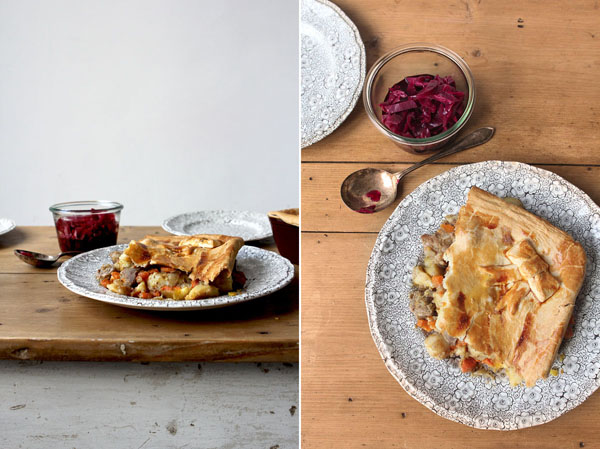The post Alexis Soyer’s Oxtail Soup with simple suet dumplings appeared first on Miss Foodwise.
]]>19th century Victorian England saw a rapid growth of population and urbanisation stimulated by the Industrial Revolution. The elite became more wealthy and the poor became poorer. Eliza Acton noted in her book published in 1845, that soups or pottage was hardly eaten by the English. The poor didn’t have means to heat up the dish that had sustained them for centuries, and often they didn’t even have access to the ingredients to make a soup. This was an era of slum housing, starvation and disease.
Of course the old lady was illiterate and Soyer realising that he might have sent a useless bit of paper to her, went to see her and found ‘six elderly matrons and an old man holding council together’, trying to make out Soyer’s writings. He then read the recipes to them.
Of soup he says that he finds it is no wonder that people have abandoned this dish as the recipes in most cookery books are complicated and expensive. Many contemporary cookery writers like Mrs Beeton made notes on how to cook economically but showed their ignorance by not grasping the fact that most lower class families were lucky to have some kind of roof over their heads, so a kitchen or fire would most probably been a luxury they could only dream of.
To make this into a main dish for your supper, you can add dumplings, I give you here the recipes as adapted from Soyer’s book The Modern Housewife or Menagerie.
Oxtail soup with dumplings
- 1 oxtail
- 1 carrot
- 1 turnip
- 3 medium sized onions
- 1 stalk of celery
- 2 bay leaf
- a few sprigs of thyme
- a few sprigs of parsley
- 600ml water
- 1tsp of peppercorns, or about 15 corns
- 1tsp salt
- 1 carrot
- 1 stalk of celery
- 1 leek
- 1 turnip
- 220 g plain white flour
- 110 g shredded suet
- 0,5 tsp salt, the same of pepper
- 150-180 ml water
- optional: a tsp of thyme leaves or parsley cut finely
The post Alexis Soyer’s Oxtail Soup with simple suet dumplings appeared first on Miss Foodwise.
]]>The post Bonfire, bangers and riots appeared first on Miss Foodwise.
]]>Two ways with sausages for Bonfire night: Jacket potato bangers and Toad in the hole
Last year on this day I wrote about Guy Fawkes and his connection to the Gunpowder Plot (see Gunpowder, treason and Bonfire Parkin here) and how it came to be that such plot was, well… plotted. I went back to nearly a hundred years before the plot, to see where that seed was sown.
Today I look at the customs that resulted from this failed plot and how it influenced the way we riot and react today to show our dismay, disappointment and disgust for politics and religion.
The trial of the eight surviving conspirators of the Gunpowder Plot was held on januari 27 1606 in Westminster Hall which would have destroyed had their plot been successful. A statute was passed, declaring that deliverance from Gunpowder treason should be remembered every year. From then on each 5th of november there would be a church service at which attendance was compulsory if you were loyal to the King, or at least wanted to pretend to be loyal. It became an annual ceremony to keep the memory of the failed Gunpowder Plot alive. It continued until it was taken out of the prayerbook two centuries later in 1859. But although it was erased from the prayerbook, it was by now rooted into the culture.
In a way the customs of the 5th of november provided a replacement to the pre-reformation holy days of All Saints and All Souls on the 1st and 2nd of November. On these days the churches would be lit with candles, and torches marking the start of winter and darkness. This catholic tradition in its own right had replaced the old pagan rites of Samhain, which celebrated the end of harvest and the beginning of winter. It literally means ‘summer’s end’ and is the primary festival marking the end and the beginning of the year.
When the christians needed to convert the pagans, they gave them the 1st of November, a day on which they could light candles and make lanterns in hollowed turnips, just as they had been doing for generations before christianity spread. The reformation to Protestantism left the people with an empty gap where their 1st of November celebrations used to be, so naturally they embraced the new bonfire tradition after the Gunpowder Plot failed in the first years of the 1600’s.
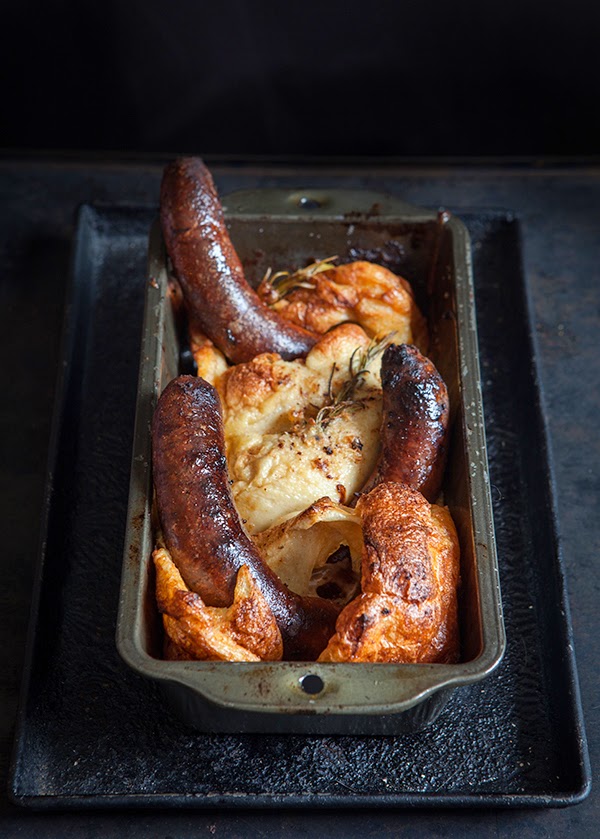 Conveniently to the Protestants, the 5th of november could be used as a celebration of the conservation of Protestantism, a date to mark in the calendar alongside the early death of Queen Mary (a Catholic), the long reign of Queen Elizabeth I (Protestant) and the defeat of the Spanish Armada (to warn off the Spanish Catholics).
Conveniently to the Protestants, the 5th of november could be used as a celebration of the conservation of Protestantism, a date to mark in the calendar alongside the early death of Queen Mary (a Catholic), the long reign of Queen Elizabeth I (Protestant) and the defeat of the Spanish Armada (to warn off the Spanish Catholics).
When Charles I married the Catholic princes of France, people showed their disapproval of the Catholic queen by burning effigies of the Pope and the devil on the 5th of November. We are now situated 20 years after the Gunpowder Plot and the only effigies that were burnt were that of the pope and the devil, not of Guy Fawkes.
In 1647 was described how bonfires went from simply great fires to spectacles with fireworks and explosives including fireballs. And in 1657 Samuel Clarke’s ‘England Remembrancer invoked the happenings of the plot.
After Charles II Restoration in 1660, Samuel Pepys wrote in his diary “This 5th of November is observed exceeding well in the City; and at night great bonfires and fireworks.” The next years up until the year of the Great Fire in 1666 (which was for a short time also blamed on the catholics) he also mentioned Bonfires and festivities which shows us the normality of these celebrations by this time. On one occasion he is driving home with his wife after going to see Macbeth “forced to go round by London-Wall home because of the bonefires.”
Celebrations of the 5th became larger and intense rather than festive after the brother of Charles II Duke of York publicly declared to be a Catholic. This was followed by the Exclusion Crisis to exclude the him from the throne because he was Roman Catholic. When the Tory’s started to declare being agains the Exclusion, this created probably one of the first bonfire night riots. In 1682 the 5th fell on a sunday so celebrations started on monday the 6th. Reputedly crowds of people took to the streets attacking Tories and shouting their support for the King’s bastard son, the Duke of Monmouth, who was Protestant. This Bonfire night, it was not a celebration of the failed Gunpowder Plot, it was a warning and objection against the possibility of being ruled by a Catholic king.
The next year on the 5th, bonfires and fireworks were banned to keep the calm. But you know what, two years later James did succeed Charles and England had a Catholic King… Needless to say that the Bonfire night celebrations were forbidden although the ‘Gunpowder Treason-Day’ church service remained.
Under the rule of James’ daughter Mary Stuart and her Protestant husband William of Orange, the celebrations of the 5th commenced and got entwined with the restoration of the Protestant religion in England by William of Orange. That double meaning didn’t stick though and years after this, it was forgotten and the 5th was yet again a celebration of the failing of the Gunpowder Plot.
Gunpowder Treason-Day’ church sermons changed each year, always highlighting another political event. Leaving the people a reason to take to the streets each year.
By the 18th century the festivities on the ‘fifth’ became less and less fuelled by hatred against Catholics and more about other political issues. The Catholic Relief Acts of 1778 and 1791 made life easier for Catholics, granting them the same rights as Protestants. Of course this sparked resistance leading to a week of rioting in 1780. But eventually the Catholics emancipated, helped by the Irish situation, with Catholic Irish members of Parliament. Of course in Ireland the troubles between the Irish Catholics and English Protestants remained.
Another change happened to the Bonfire night celebrations when anti-catholicism became less acceptable. By the early 19th century effigies of the pope were no longer burnt and the crowds needed another figure to ‘blame’. Strangely enough that figure became Guy Fawkes, the person who was least named in contemporary writings about the Treason and Plot. Although Guy Fawkes is mostly remembered on Bonfire night today, it was Robert Catesby who was chief instigator of the Gunpowder Plot (read my previous post to learn more of the plot).
So why did our Guy Fawkes become the figure of Bonfire Night? We can of course not say for certain why, but in 1793 just before the turn of the century, a play was performed at the Royal Haymarket Theatre. The prelude in one act was entitled: Guy Fawkes or The Fifth of November. In 1835 a comic pantomime called Harlequin and Guy Fawkes: or the 5th of November was performed in London’s Covent Garden. Many different stories about the Gunpowder Plot were told in plays after that, maybe the truth drifted away and the name Guy Fawkes just sounded best in playwright, maybe it was because he was discovered with the gunpowder…
But now Guy Fawkes has become the Gunpowder Plot, and the night of the fifth got often referred to as ‘Guy Fawkes night‘. He became the new face of the tradition, the scapegoat of the Plot, the symbol of opposition and disapproval.
Our story takes more turns in the 19th century with Bonfire night celebrations turning violent and dark. Victorian times saw the coming of a different sort of celebration, a night of rioting and criminal behaviour. A night when the honest should stay indoors and the dangerous ruled the streets.
The processions of ‘the night of the fifth’ would be fired with local social issues of politics and religion. They became manifestations, uprise agains local authorities and they became so dangerous and organised that they needed another organised organisation to contain them. So the police force grew to counter the protesters.
Today we live in a time with organised demonstrations, approved by the local authorities and contained for the safety of the protesters as well as the opponents and those who have nothing to do with it. But when the demonstrations do get ugly today, we see Guy Fawkes appear in the crowds…
Much like in the early 19th century plays about the Gunpowder Plot, a movie was made from a 1980’s graphic novel in 2005. ‘V for Vendetta’ is set in a near-future dystopian society in England, with the main character being ‘V’ a man wearing a Guy Fawkes mask, who wants to destroy the corrupt fascist regime and its leaders. One of the authors of the graphic novel commented that “The Guy Fawkes mask has now become a common brand and a convenient placard to use in protest against tyranny – and I’m happy with people using it, it seems quite unique, an icon of popular culture being used this way.” By many political groups the film was seen as an allegory of oppression by government. Anarchists, libertarians and activists of any kind have used the Guy Fawkes mask in their demonstrations after the movie came out. It has been seen in demonstrations agains the G8 summit and in other economical and political protest. It has become the emblem of anonymity and dissent.
The ‘Guy’ has gained another face, 400 years after he was just one pawn of the Gunpowder Plot. He has now become the face of disappointed people, the face disapproval in modern times. The face saying, we have had enough… For now at least.
On to the food part of this post. Bonfire
societies organise the Bonfire parades now in a safe and family
friendly manner. The streets of Lewes particularly are the place to be
for elaborate bonfire displays. People watch the parade and the fireworks and look forward to warming their hands on hot food and drink.
For this years bonfire night I give you two ways with bangers which are perfect for bonfire night celebrations at home. Toad in the hole is a traditional meat & batter pudding dish that evolved from the Yorkshire pudding-type puddings and other types of fired pudding.
It is bound to be a success with the little ones as who doesn’t love a good old proper sausage. The other dish is a banger jacket potato, an easy dish that even the most inexperienced cook could make. The potato just needs time to cook in the oven so do that in advance. It’s a perfect little bomb of warmth when you are planning to do some bonfiring of your own in the garden!
Toad in the hole
- good quality sausages, 3 or 4
- a few sprigs of rosemary (optional)
For the batter
- 280 ml milk
- 110 g plain flour
- a pinch of salt
- 3 medium eggs
preheat your oven to max 250° C
Fry your sausages in sunflower oil in a pan until nearly done
Pour 1 cm of sunflower oil into a baking stray or cake tin and place in the middle of the hot oven.
Place a larger tray underneath in case the oil drips over, you don’t want extra cleaning afterwards
Make your batter in the manner of making pancake batter
When your oil is hot, you will see as it will be spitting, arrange your sausages into place along with the oil you still have in your pan from frying your bangers
Carefully but swiftly pour the batter into the hot oil, stick in the rosemary sprigs and close the oven door. Bake for 20-25 minutes until puffed up and nicely colored.
Serve with mustard, braised red cabbage, jacked potato or mashed potato and caramelised onions if you like
To braise red cabbage
- red Cabbage
- a cooking apple, cubed ( for a football size cabbage you need 1 large cooking apple)
- a teaspoon of cinnamon
Cut your cabbage very finely, and heat some butter in a pan.
Add your cabbage and apple and braise, adding a little water when needed.
When soft, spice with a little honey and cinnamon
Serve warm, o so good with sausages
—————————————————————————————————-
Jacket potato bangers
For the potato
- 1 potato per person You need a floury kind like a Maris Piper, King Edward, or for Belgians ‘Bintje frietaardappel’
- +- 20g coarse sea salt
- good quality sausages
- 3 onions, braised and caramelised
Wash the potatoes and let them dry
Preheat your oven to 220° C
Put your salt in a tray and roll each potato in the salt and rub it in
Prick your potato with a toothpick a few times to prevent them bursting
Place the potatoes straight on the rack in the middle of the oven
Bake for 1 hour, then squeeze the potato slightly to see if it appears soft inside, if that doesn’t appear so, place back in the oven for another 15-30 minutes.
When the potatoes are nearly ready or when you are about to have dinner caramelise some onions, add one teaspoon of pomegranate molasse of balsamic vinegar, whatever you prefer and let it become nice and sticky. You could do this in advance too and just cook the sausages when you need them.
Finally fry your sausages in oil or butter, I prefer butter and oil in this case. Finish them off with 10 min in the oven along with your potatoes to heat them up again or on their final bake.
Then cut into the potato, add some of that caramelised onion, add a banger and serve!
Also very good with braised red cabbage.
Pudding!
Last years Bonfire parkin might take your fancy, find the recipe here >
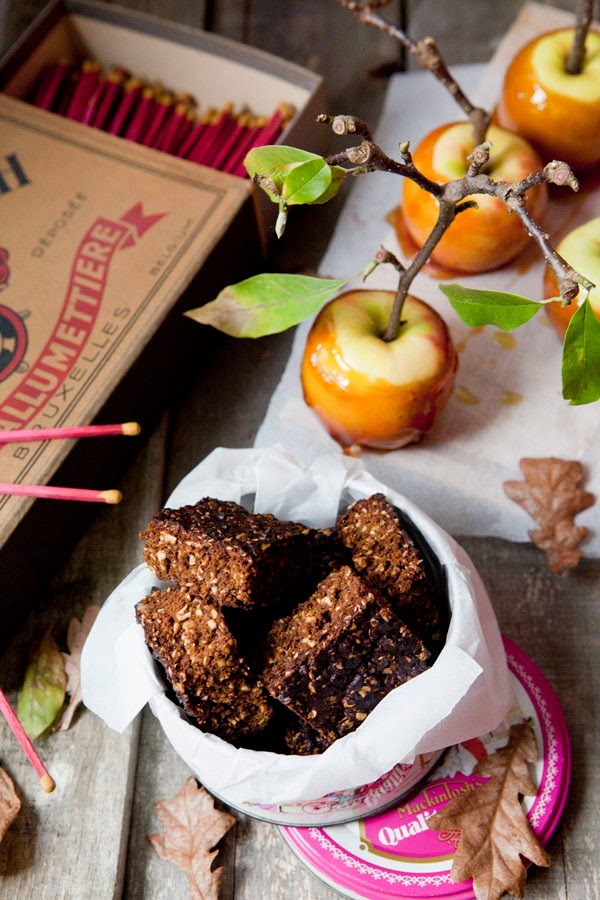 |
| Bonfire Parkin |
What are you doing for bonfire night?
The post Bonfire, bangers and riots appeared first on Miss Foodwise.
]]>The post Jo’s Hotpot – British family recipes appeared first on Miss Foodwise.
]]>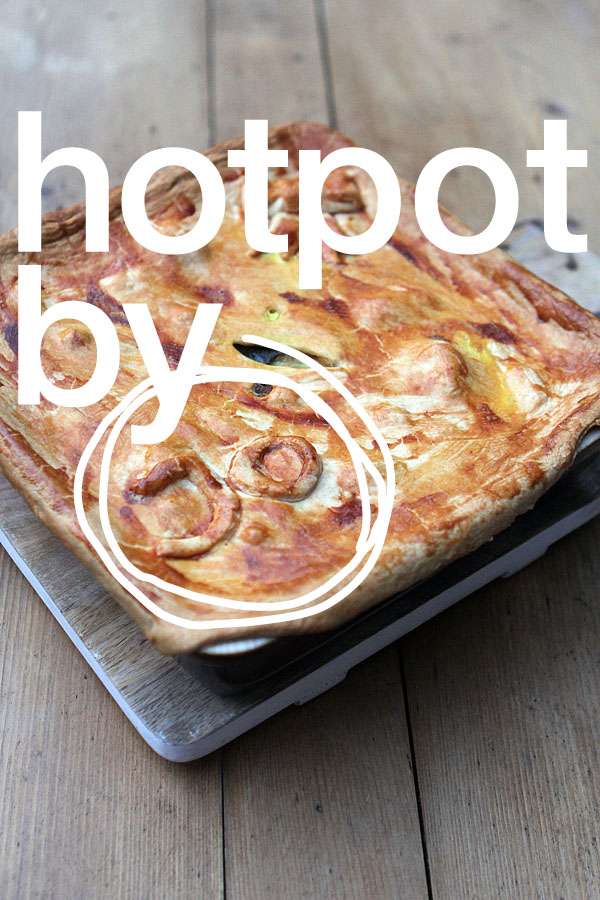
I think she didn’t realize how much she filled my heart with joy when she handed me a jar of pickled red cabbage to go with a Lancashire hotpot she cooked for me to take home. Insecure about what I was going to think of her dish, she provided me with the instructions for heating the hotpot at home.
Joanne, a bridal gown designer originally from Lancashire, moved to Birmingham a few years ago to open her fabulous bridal studio in the old Custard factory. She cooks this hotpot a lot for her family and I was lucky enough to have a taste myself.
The Lancashire hotpot is the most famous dish to come from the county of Lancashire. Traditionally it is made from mutton, topped with sliced potatoes. It’s a quick and simple dish to prepare with long slow cooking, the tale goes that the women who worked at the cotton mills prepared this dish in the morning and placed the Hotpot in the oven to simmer. Hours later when the family returned home, they would have a warming dish to enjoy. This is an economical dish, making the most out of cheap cuts of meat. Nowadays lamb is mostly used but in the old days cheap cuts of mutton were used as they have a strong flavour and therefore little would go a long way.
Jo’s Hotpot is made with a pastry lid instead of being topped with sliced potatoes on top. The pastry gives some extra texture to the dish that I quite like!
I’m sure this dish will be a favourite in our house like it is at Jo’s. Thanks so much for sharing Jo, you are amazing!
 This is the first of hopefully many recipes sent to me by readers, friends of readers, mums and aunties for my British family recipe challenge. Do you have a family recipe for Huffkins, puffkins, pudding or any other traditional recipe?
This is the first of hopefully many recipes sent to me by readers, friends of readers, mums and aunties for my British family recipe challenge. Do you have a family recipe for Huffkins, puffkins, pudding or any other traditional recipe?
Something you mum made a bit differently because her mum told her to?
Submit your recipe and I will cook the dish and post it here on the blog!
Do
let me know where you got the recipe from, it could be your grandmother
or even your grandmother’s grandmother! And tell me the story behind
the dish if you like!
Can’t wait to read all about it!
More in info here >
You can send you recipe to: recipe@missfoodwise.com Cheers x
Jo’s Hotpot
What do you need
2 tsp of olive oil
500g of minced lamb, or lamb cut into small pieces
2 medium onions, chopped
1-2 garlic cloves (optional) chopped
2 large carrots, peeled and thinly sliced
1 kg Potatoes, sliced 0.5cm thick
2 pinches of salt
200 ml Lamb or beef stock
1- 1 1/2 level tsp of ground black pepper
2 bay leaves
Shortcrust pastry to go on top
1 egg for eggwashing the pastry
Method
- Peel and slice the potatoes in 0.5cm thick discs, Par boil in water with 2 pinches of salt
- Whilst potatoes are boiling: lightly fry the garlic in the oil with half the pepper in a large stew pan.
- Add the lamb and brown
- Add the onions and fry until they soften
- Add the carrots
- Add 200 ml of stock
- Add the rest of the pepper and the bay leaves
- bring to the boil then simmer for about 10 minutes
- preheat the oven 160°
- Check potatoes after 10 minutes and as they are starting to go soft at the edges, add them along with some of the water they are cooking in, the water level should cover the food just.
- Cook for a further 10 minutes to allow the flavours to blend
- Thicken the juice with corn flour or some other thickening agent, it should still be runny liquid and not too stodgy/glupey (I didn’t need to do this, as I cooked it a further 10 minutes to thicken the sauce)
- Transfer to a casserole type dish and the add shortcrust rolled pastry to edges, seal edges of pastry to side of dish, glaze with milk/egg and prick with a fork
- Put in the lower part of the oven and cook for 40 -50 minutes until the pastry is golden on top
Serve with Pickled red cabbage, mushy peas and crusty buttered bread
Jo tells me black pepper is the key to this dish, and I agree so give it a good dose!
Enjoy
The post Jo’s Hotpot – British family recipes appeared first on Miss Foodwise.
]]>